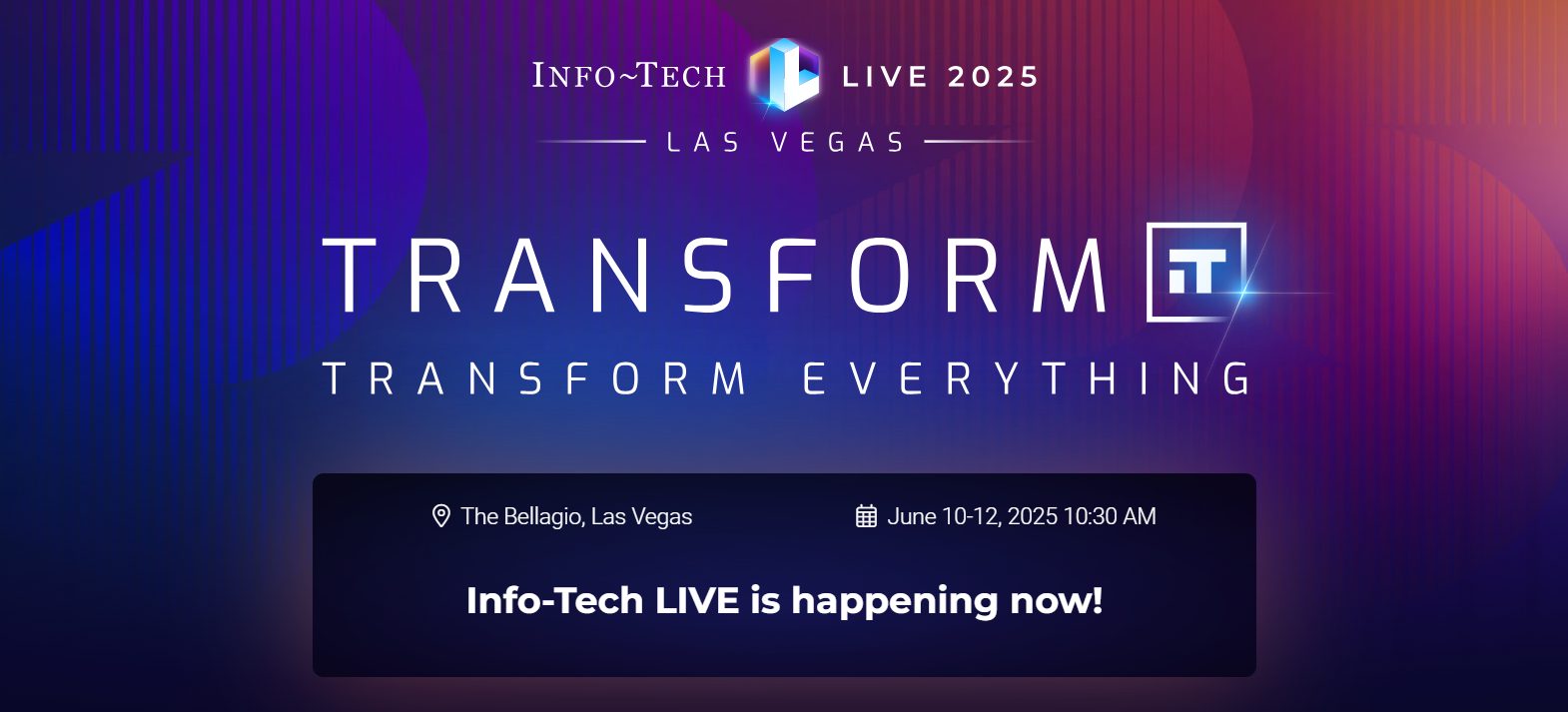
Imagine instantly transforming hand-drawn diagrams and sketches into structured data within your enterprise architecture repository. That’s the power of Samu new AI visual recognition functionality, designed to bridge the gap between unstructured visuals and your central database.
Samu has recently unveiled an enhanced version of its platform, featuring cutting-edge AI capabilities that revolutionize how enterprise architecture data is managed. This innovation specifically addresses the challenge of incorporating visual data, such as diagrams created on whiteboards or in tools like Visio, into structured repositories. Architects often rely on these visual representations for planning and strategizing. However, manually transferring this information into a database can be time-consuming and error-prone.
Samu AI visual recognition solves this problem by automatically analyzing images uploaded into the system. The AI identifies elements within the image, such as boxes, lines, and text, with a certain level of confidence. It then maps these elements and compares them to existing data within the repository. This process allows the system to identify both existing and new applications or information. By doing so, Samu significantly reduces manual data entry, saving resources and streamlining the process of maintaining an accurate and up-to-date enterprise architecture. This efficiency allows projects to progress faster and ensures that the repository reflects both current and future scenarios, enhancing data quality and utility. Unlike competitors, Samu unique approach leverages AI to dynamically update and maintain the repository, enabling organizations to incorporate various future views and plans alongside their current architectures. This feature sets Samu apart, providing a flexible and powerful tool for comprehensive enterprise architecture management.
What are your thoughts on using AI to bridge the gap between visual diagrams and data repositories?
Experience the future of enterprise architecture with Samu.
Link to original LinkedIn post